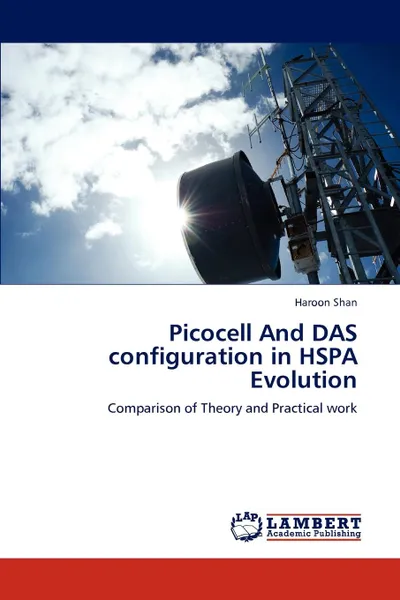Picocell And DAS configuration in HSPA Evolution 12+
Автор: Haroon Shan
112 страниц
Категория: Компьютерные технологии
ISBN: 9783659103926
Язык: Английский
📓 As demand of mobile data services has grown exponentially and it has increased pressure on mobile operators to enhance capacity in dense urban areas. Use of internet and services related to it has grown up to a mark. UMTS specification has been updated in order to cope with an increased amount of mobile data traffic. HSDPA and HSUPA technologies are previous upgrades of UMTS network but now HSPA+ (HSPA Evolution) is the upgrade for UMTS. HSPA+ improves performance of mobile data transmission in both downlink and uplink direction. HSPA+ has become one of the striking choices for mobile operators in 2010. It has been forecasted that amount of data users will increase in future and this will set new challenges for mobile operators. The network is planned in such a way that capacity is provided to places where it is required and interference level should be reduced. The main focus is to compare Picocells and DAS configuration for HSPA+ by simulations and measurements. Several mobile terminals were used to generate low and high loads for HSPA+ network.Comparison was made by analyzing the results for signal to interference ratio,total network throughput and several indicators.
Мнения
